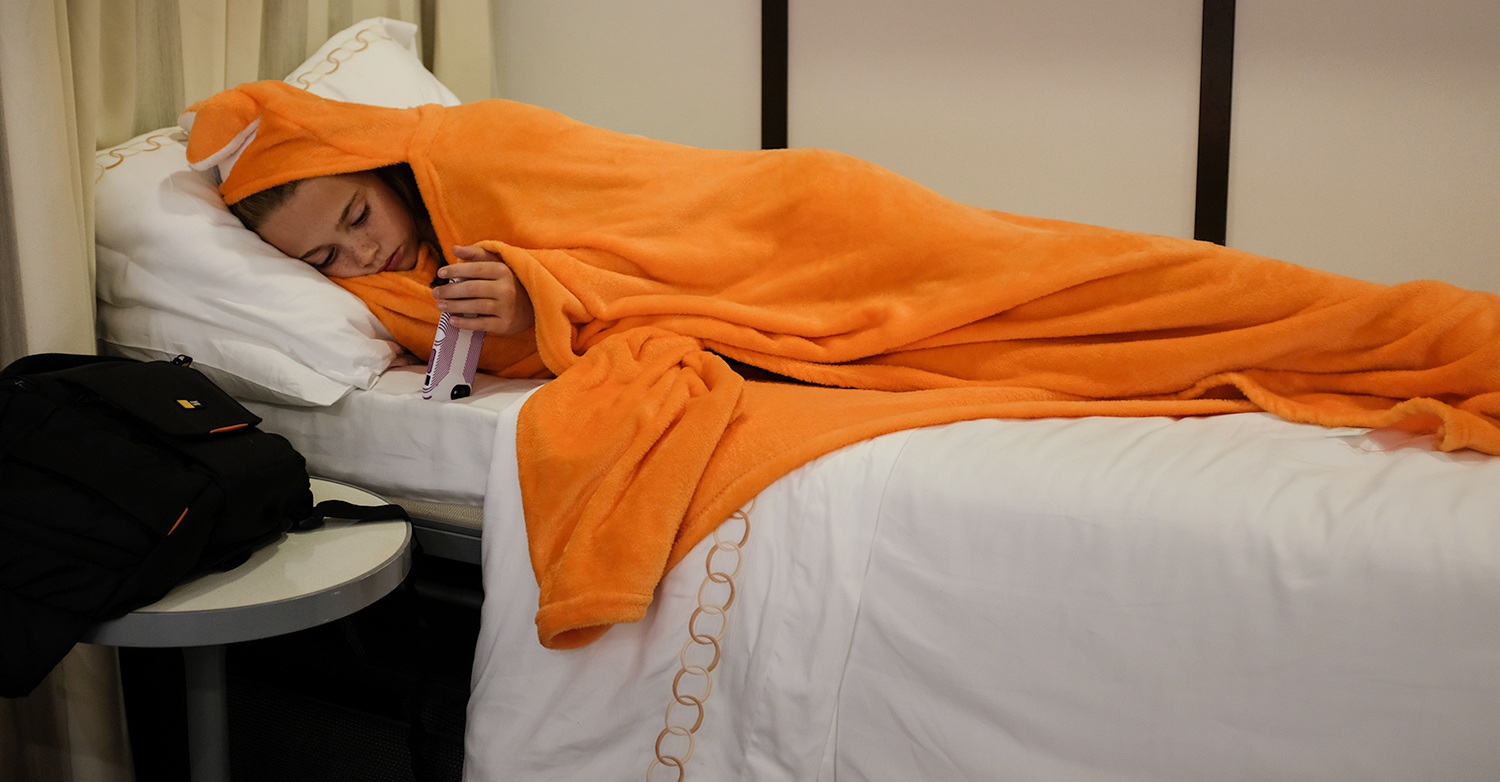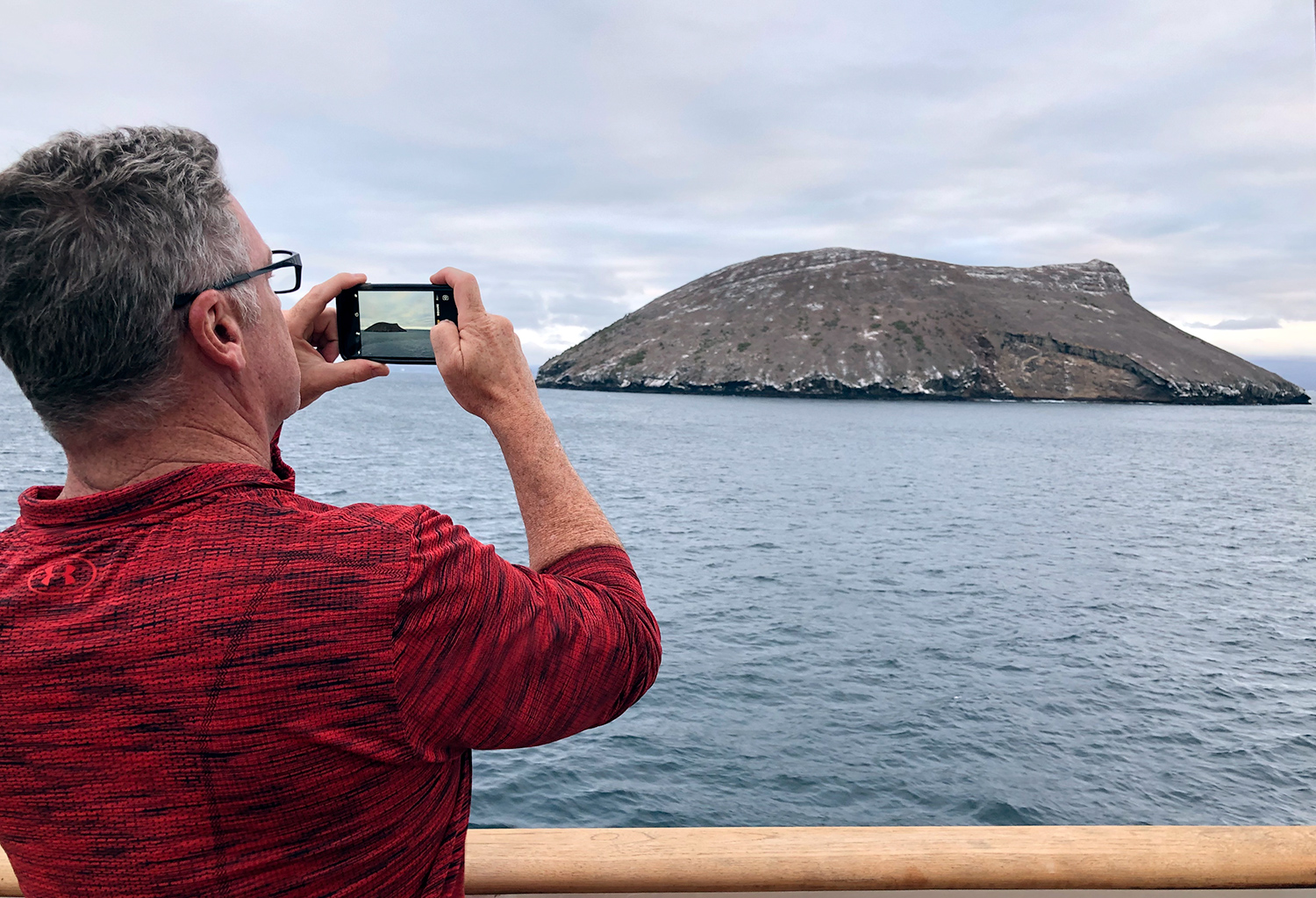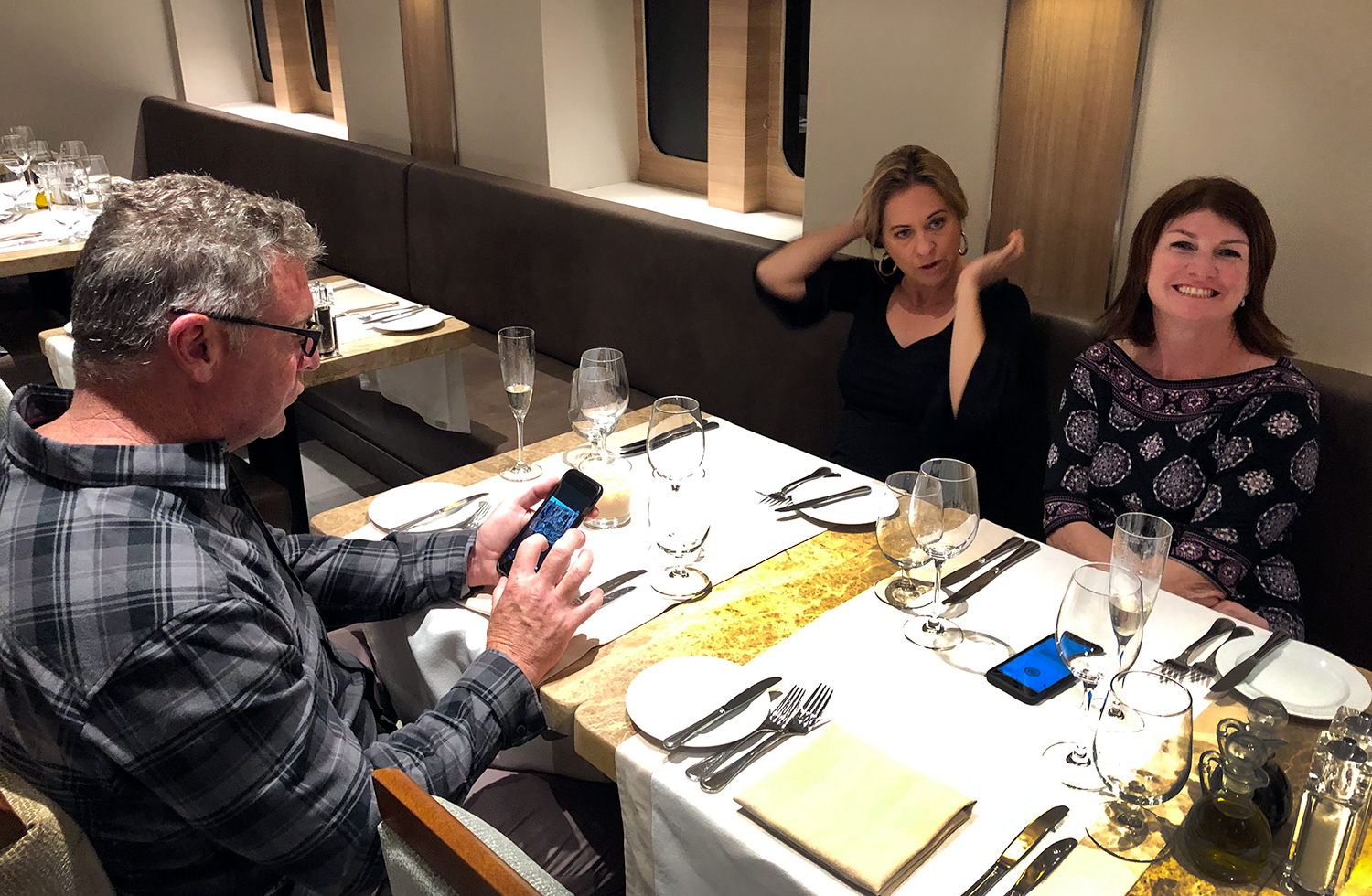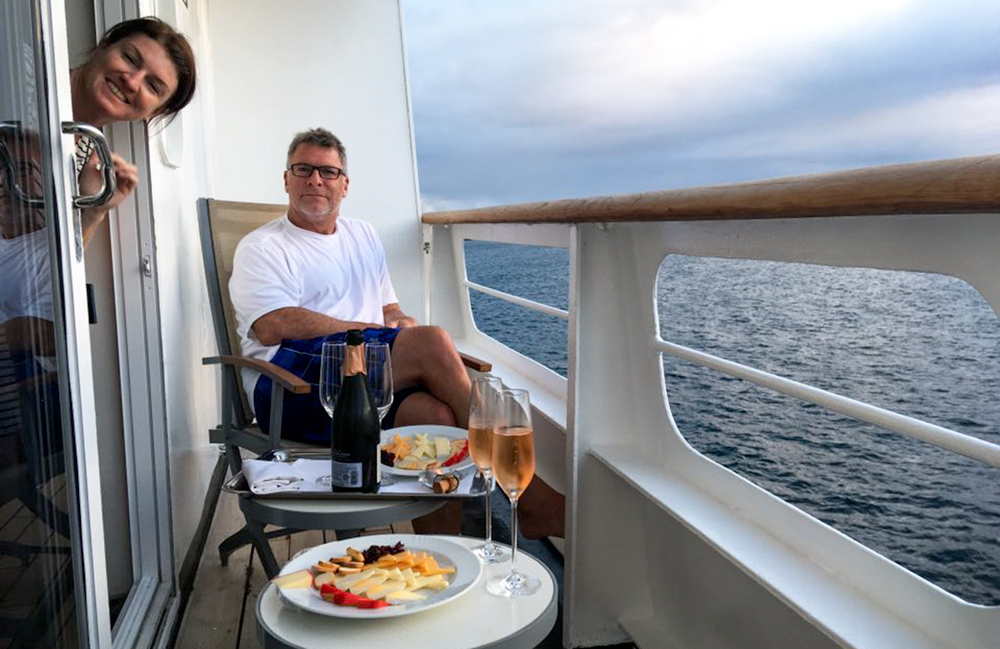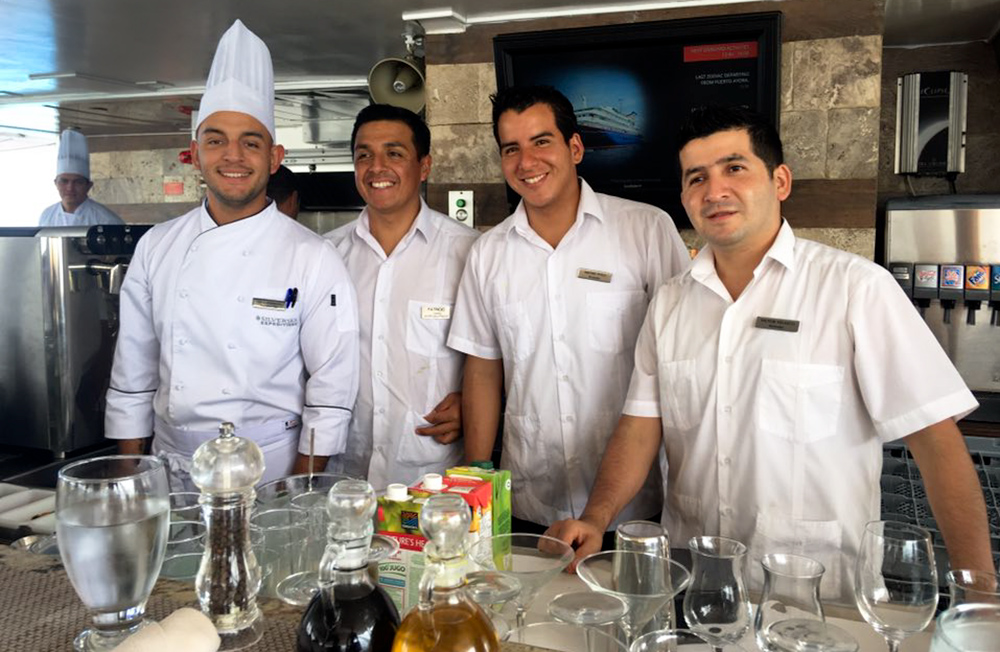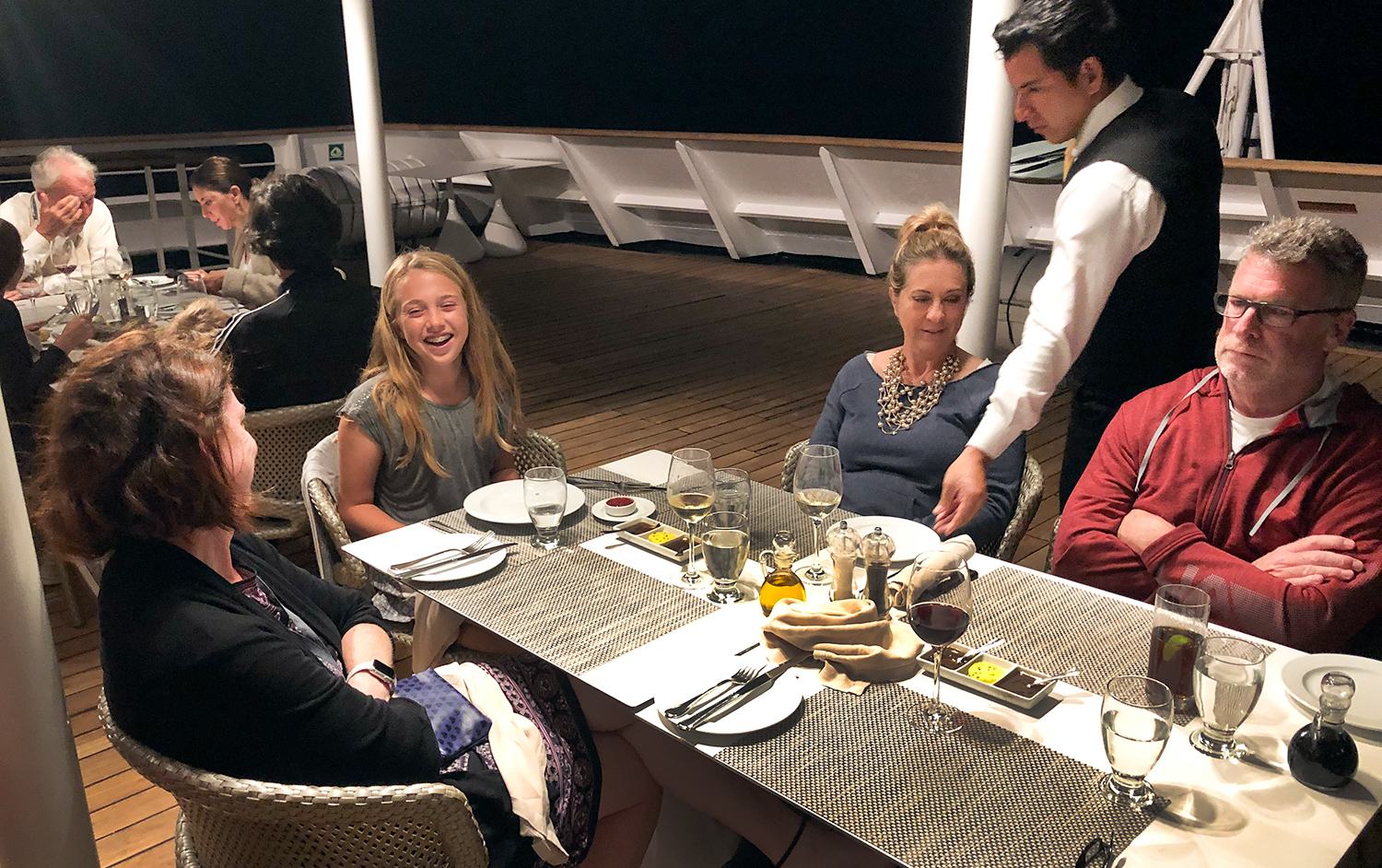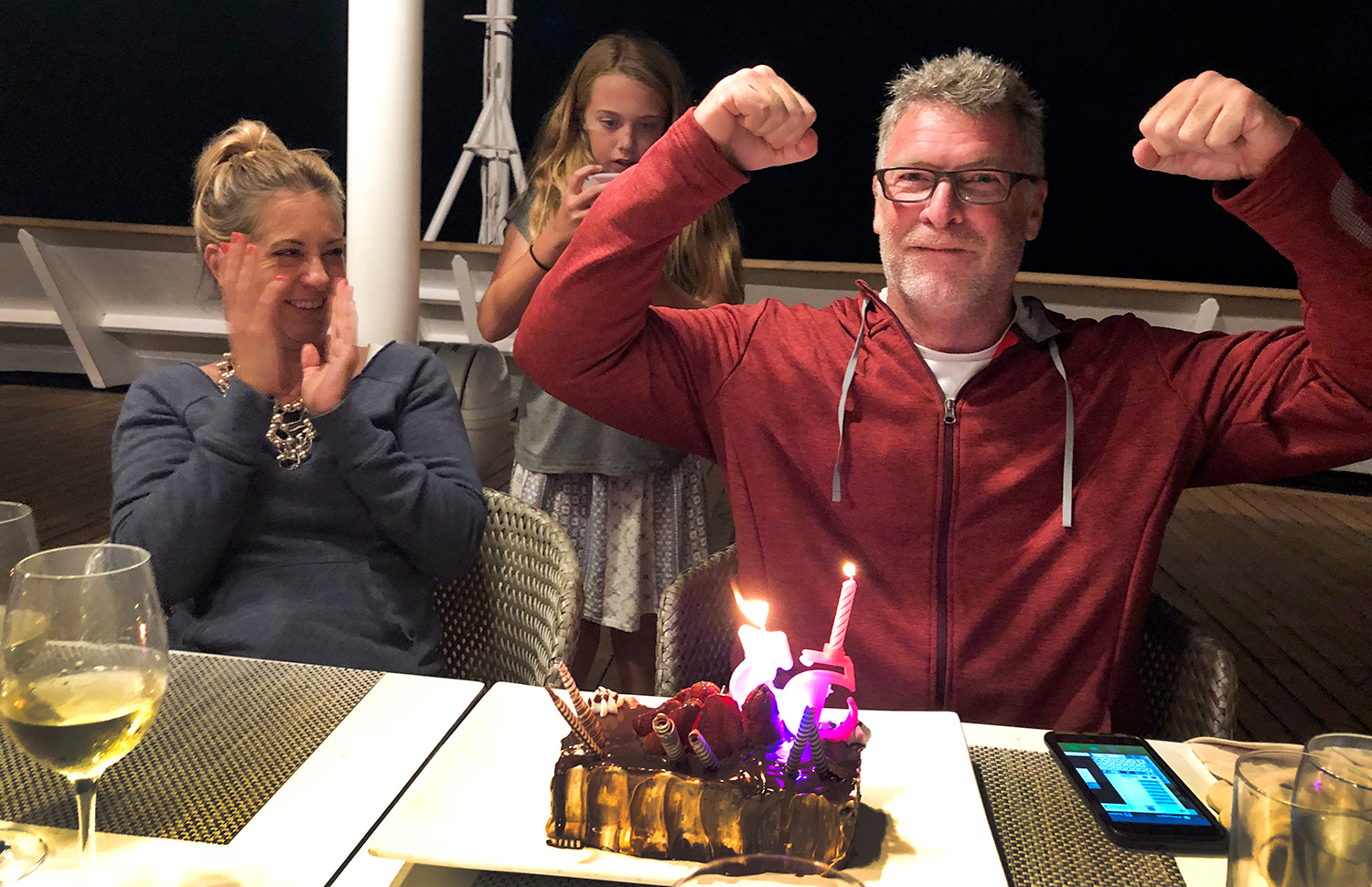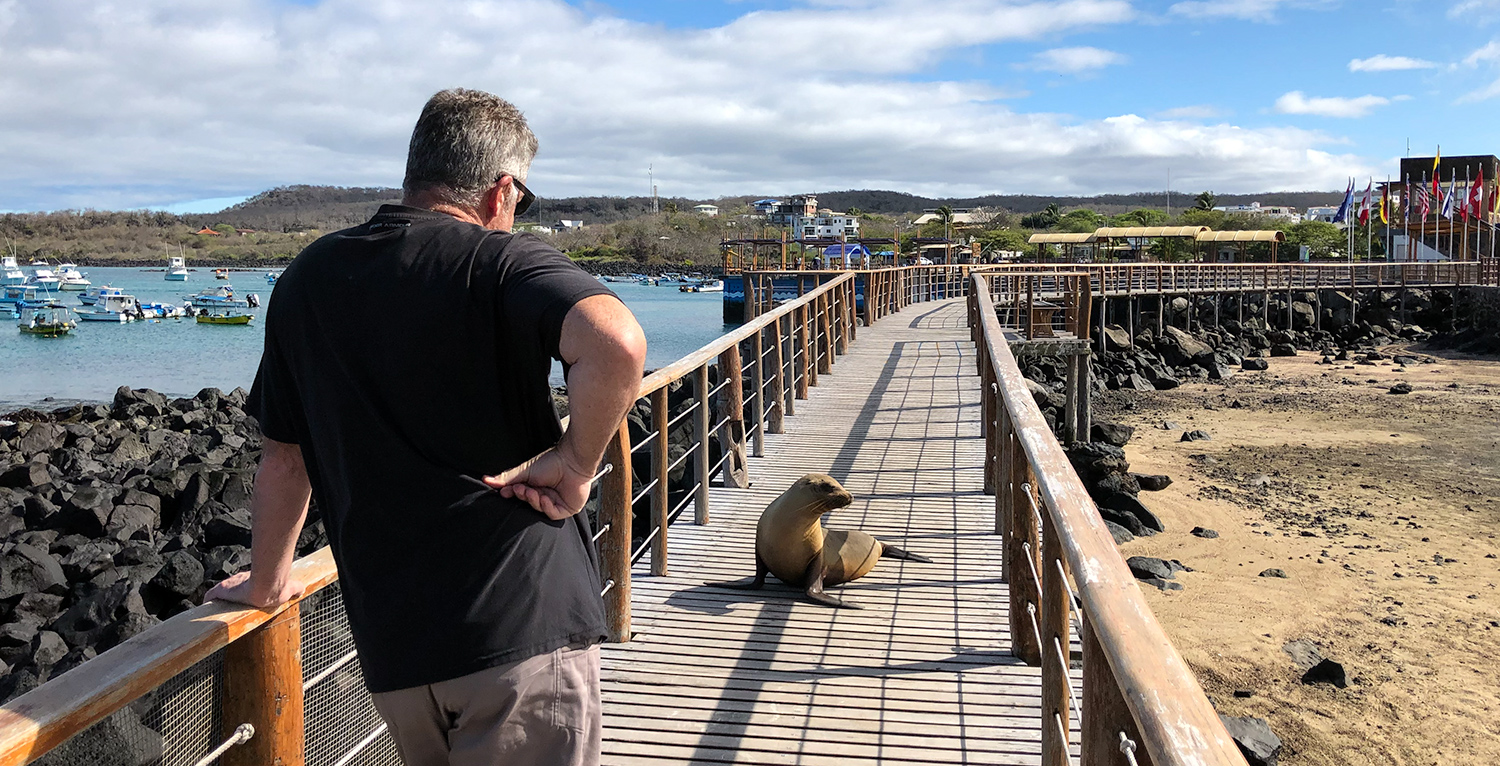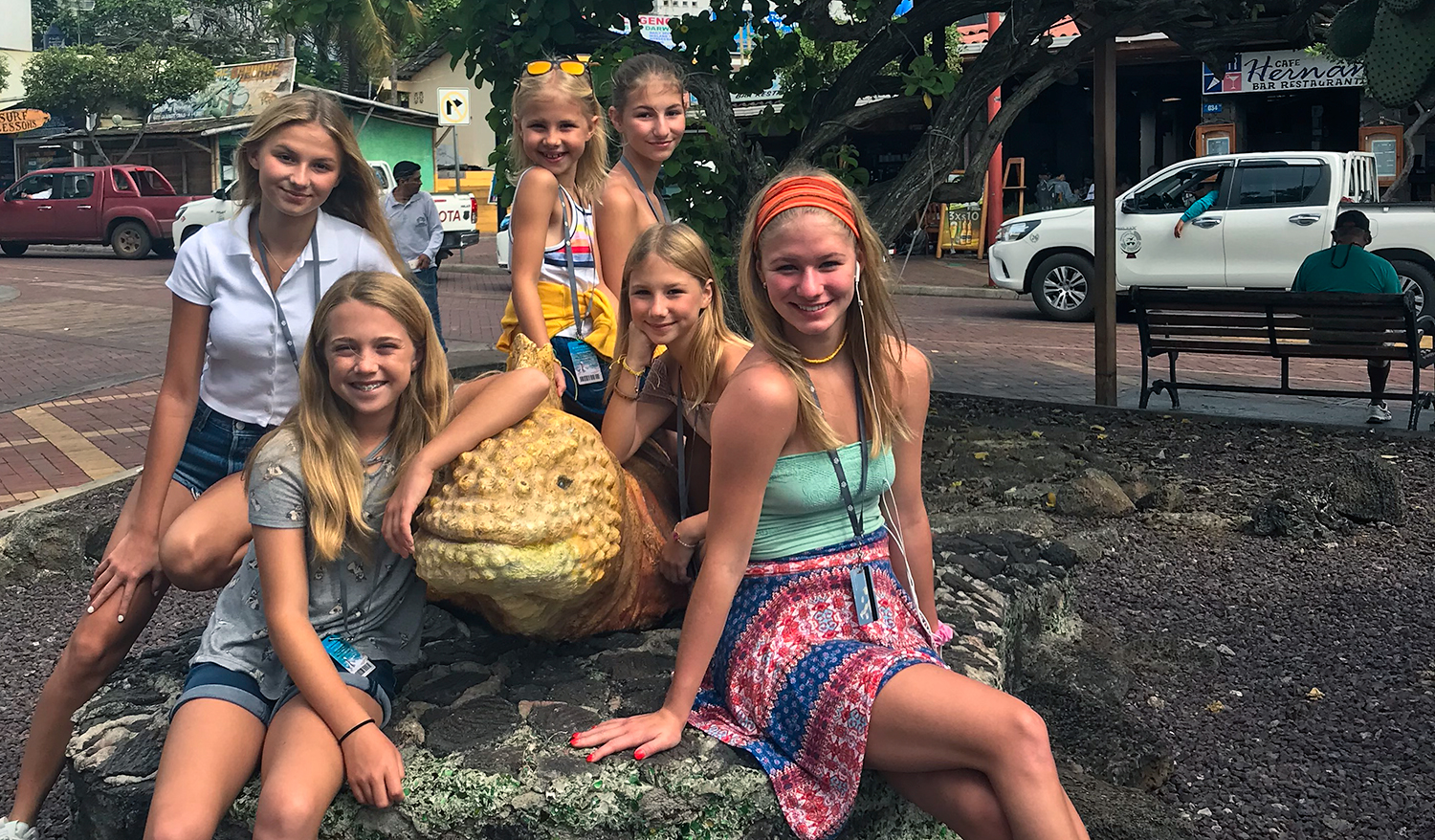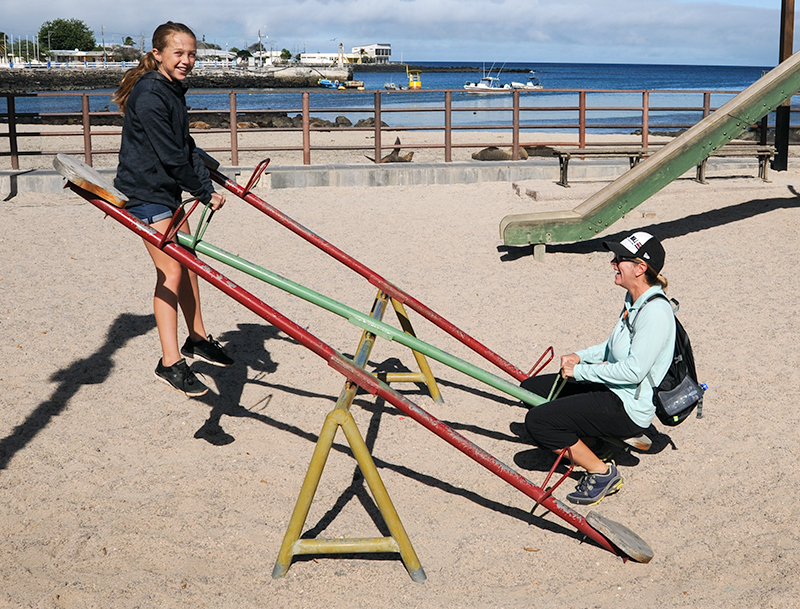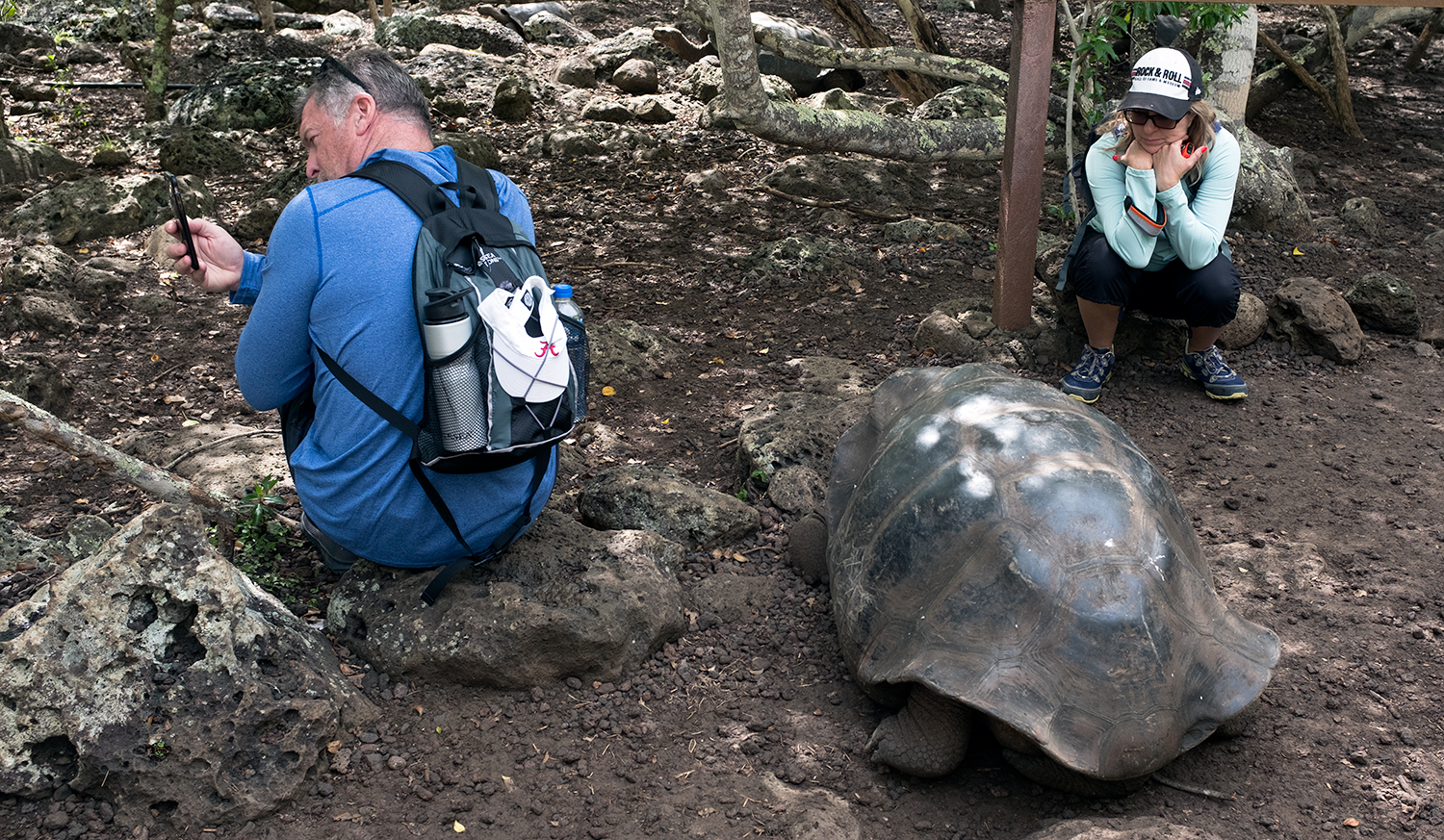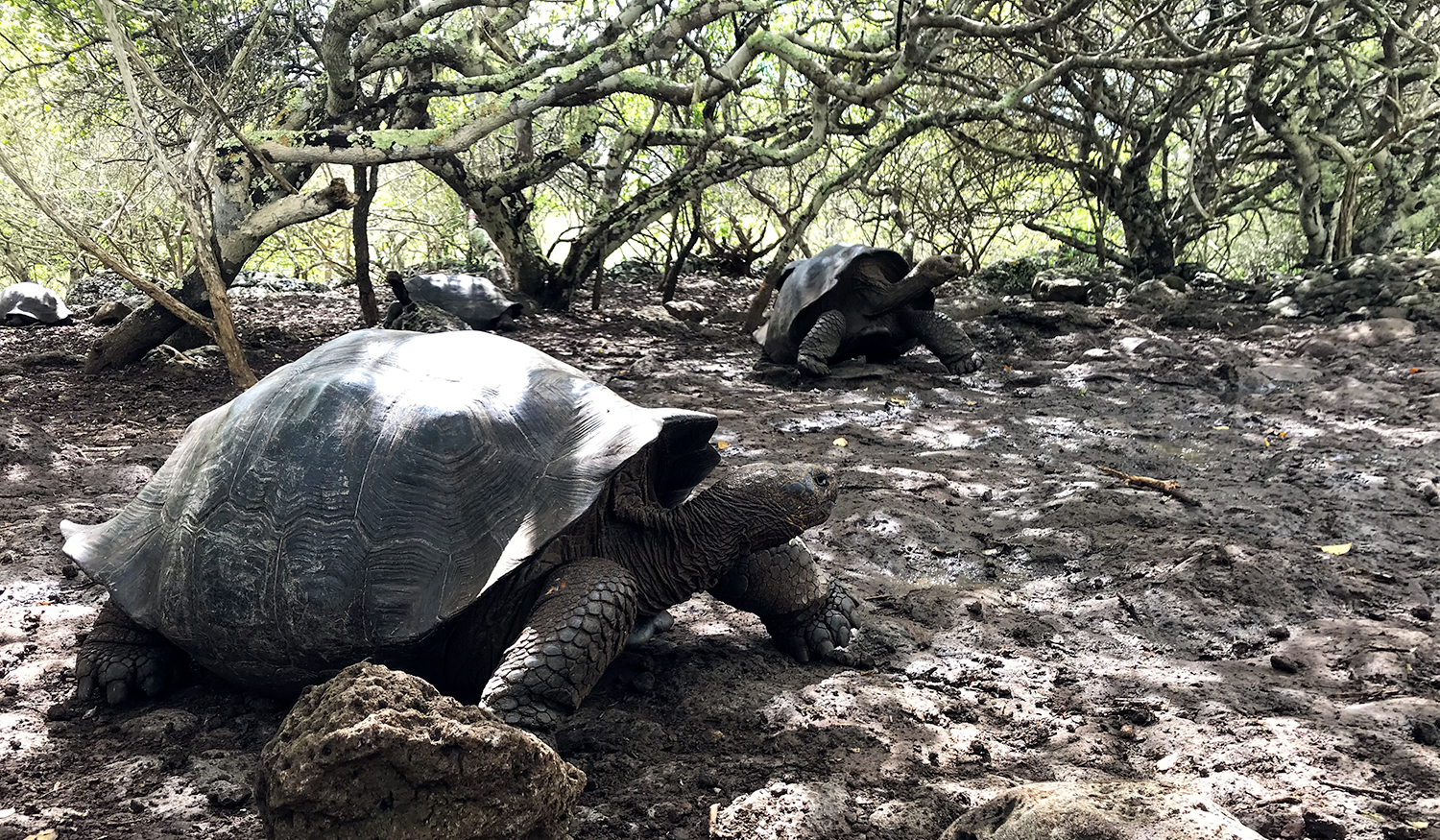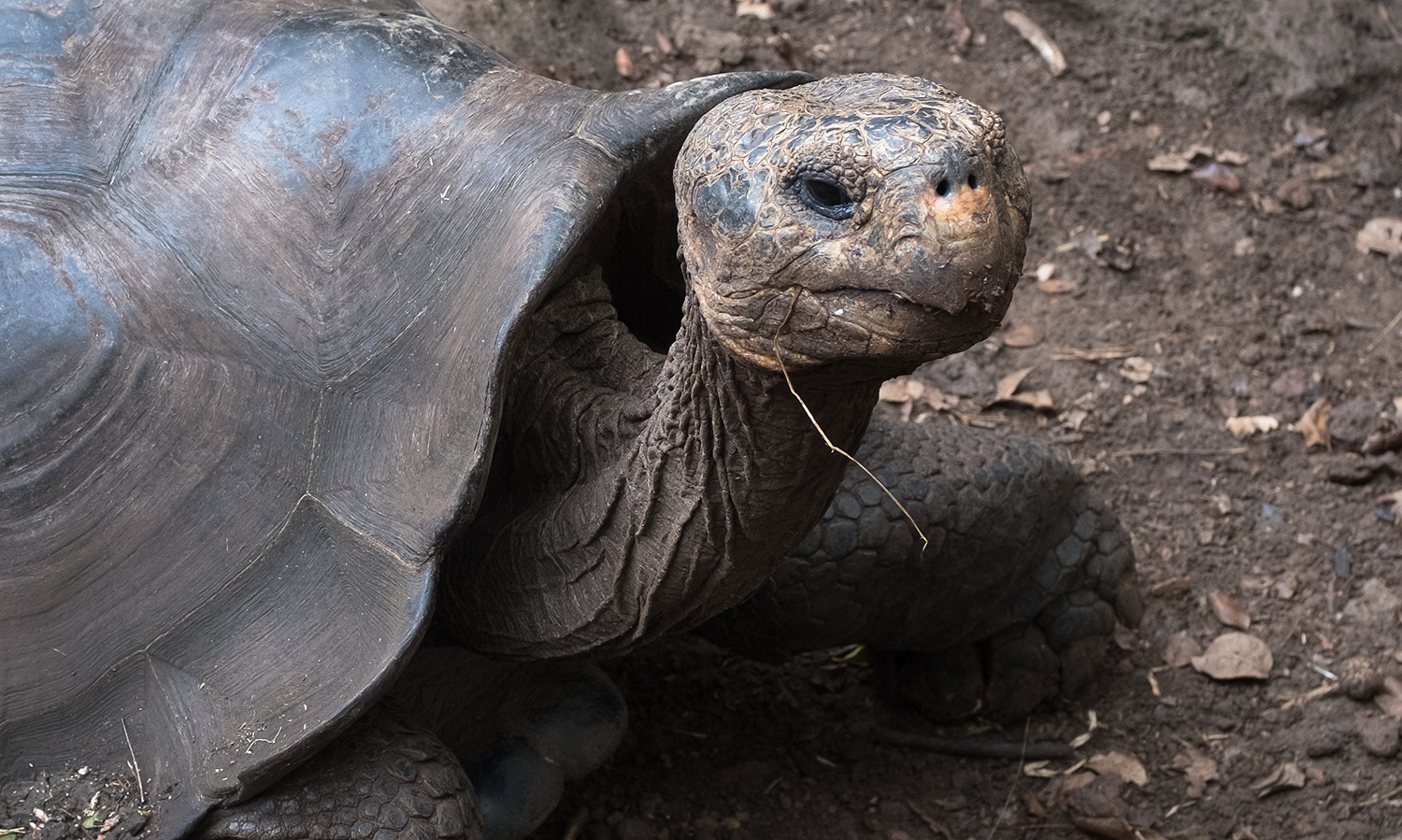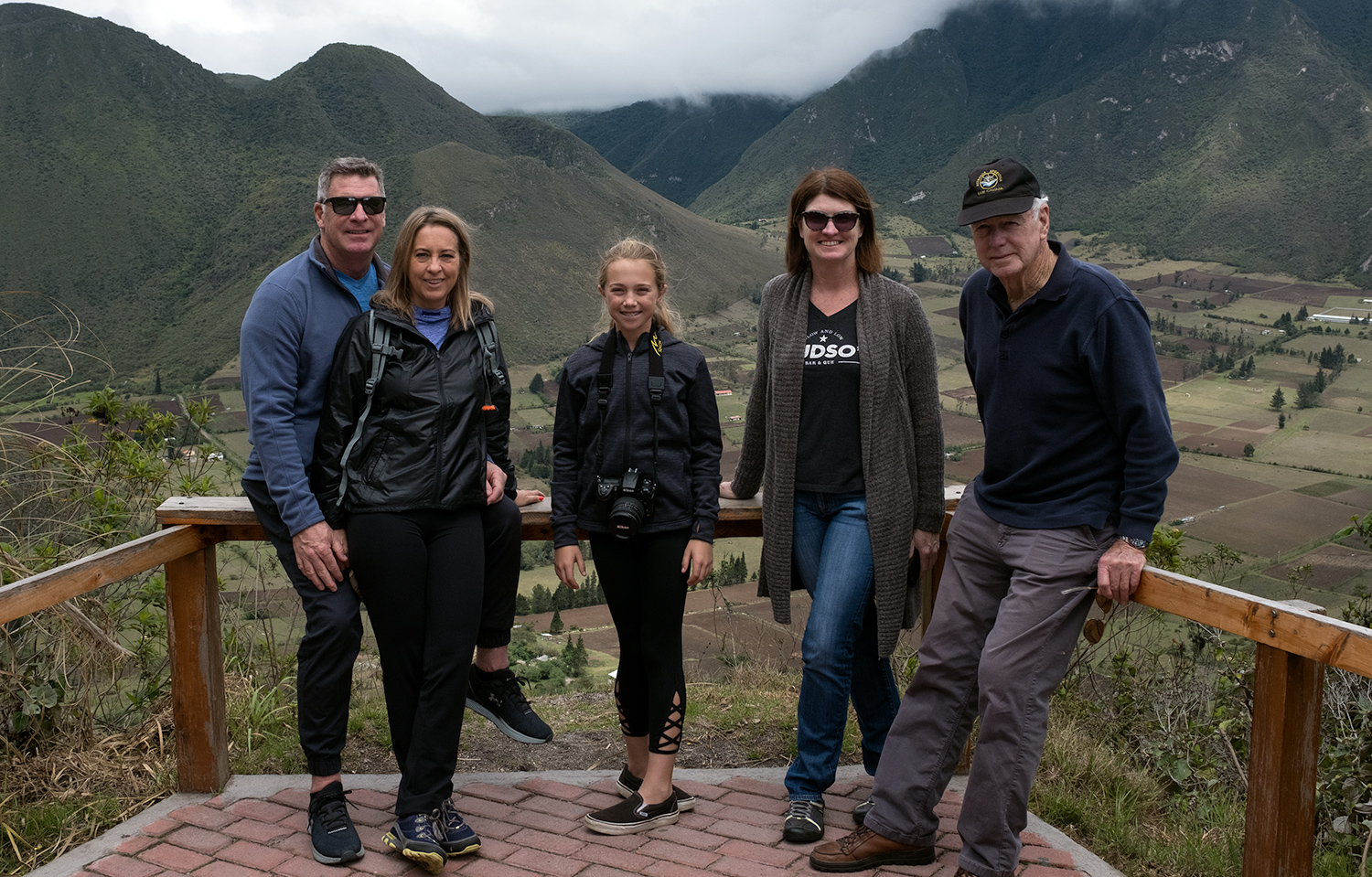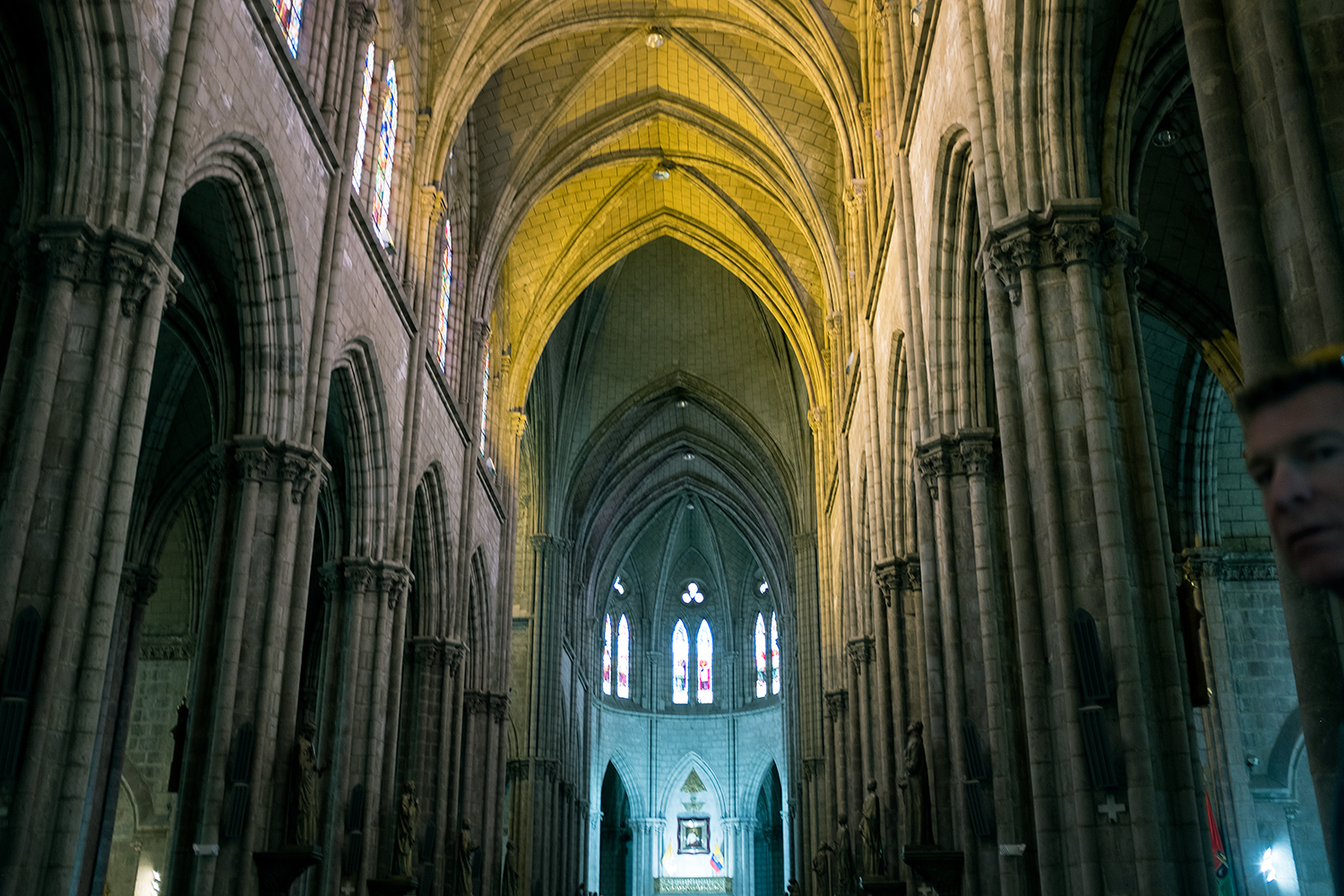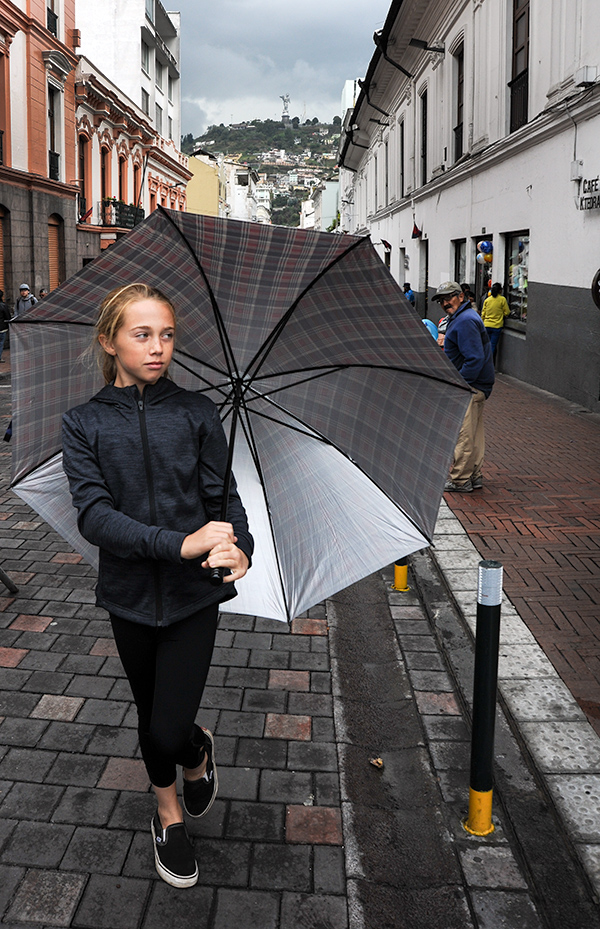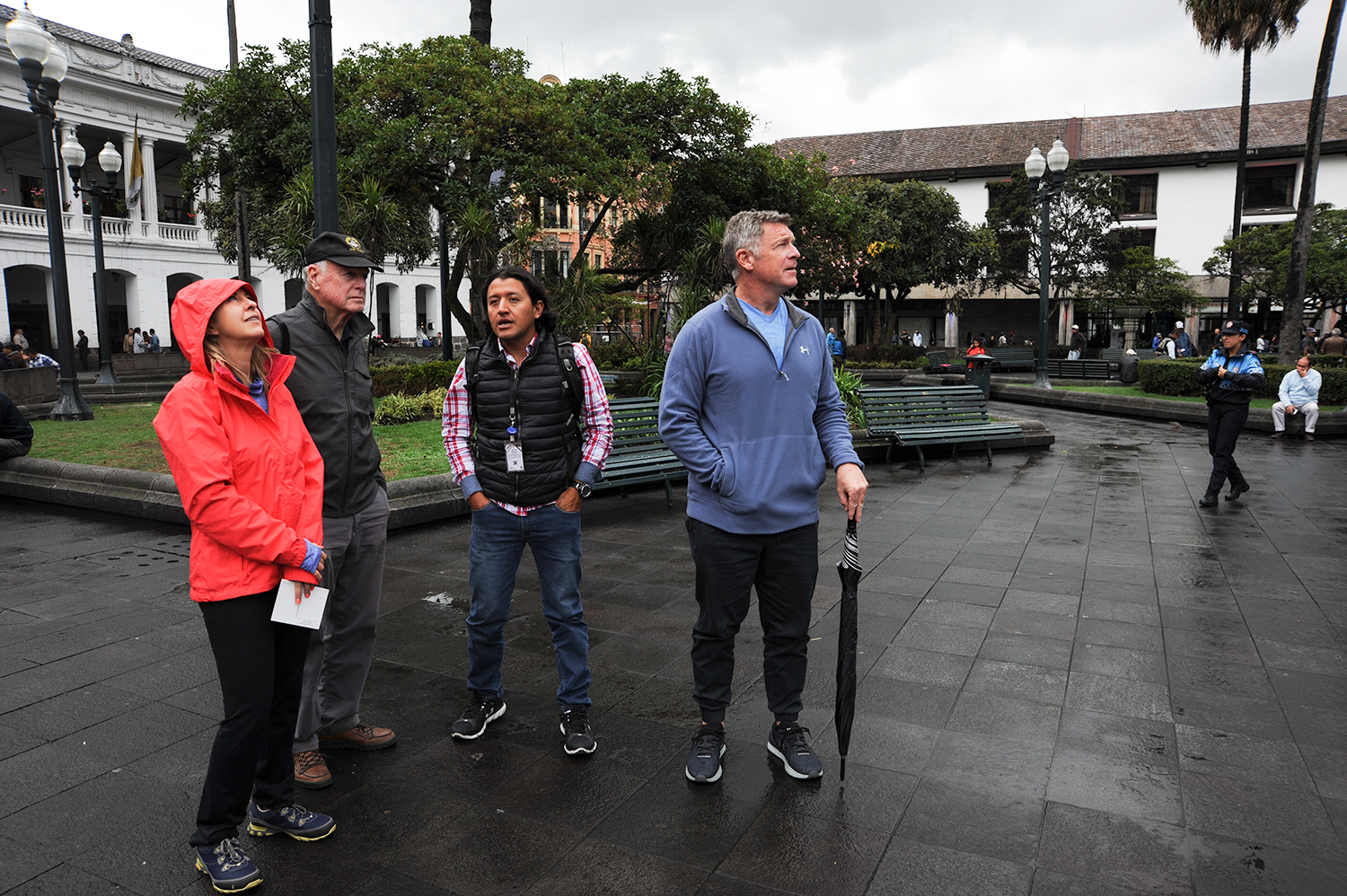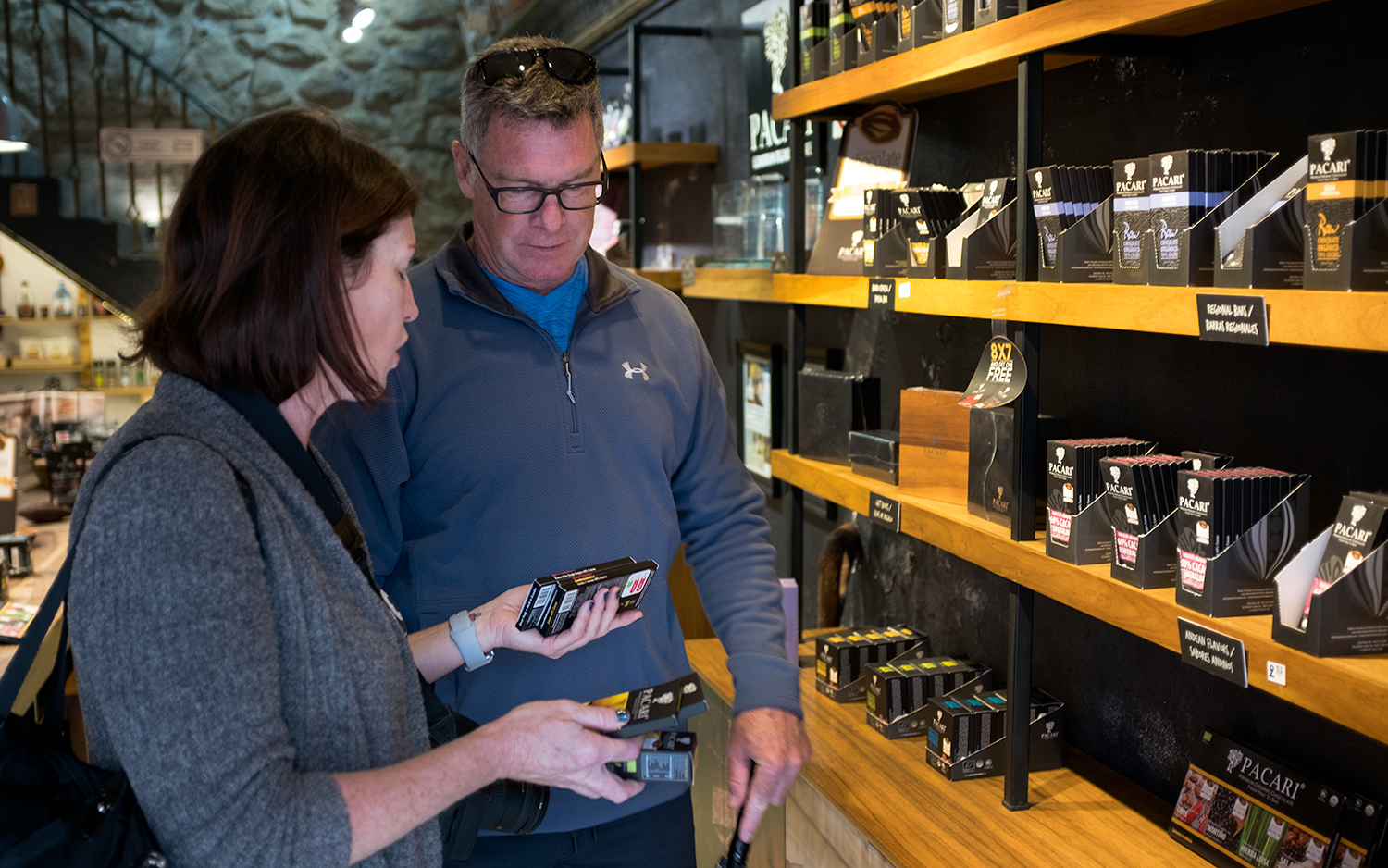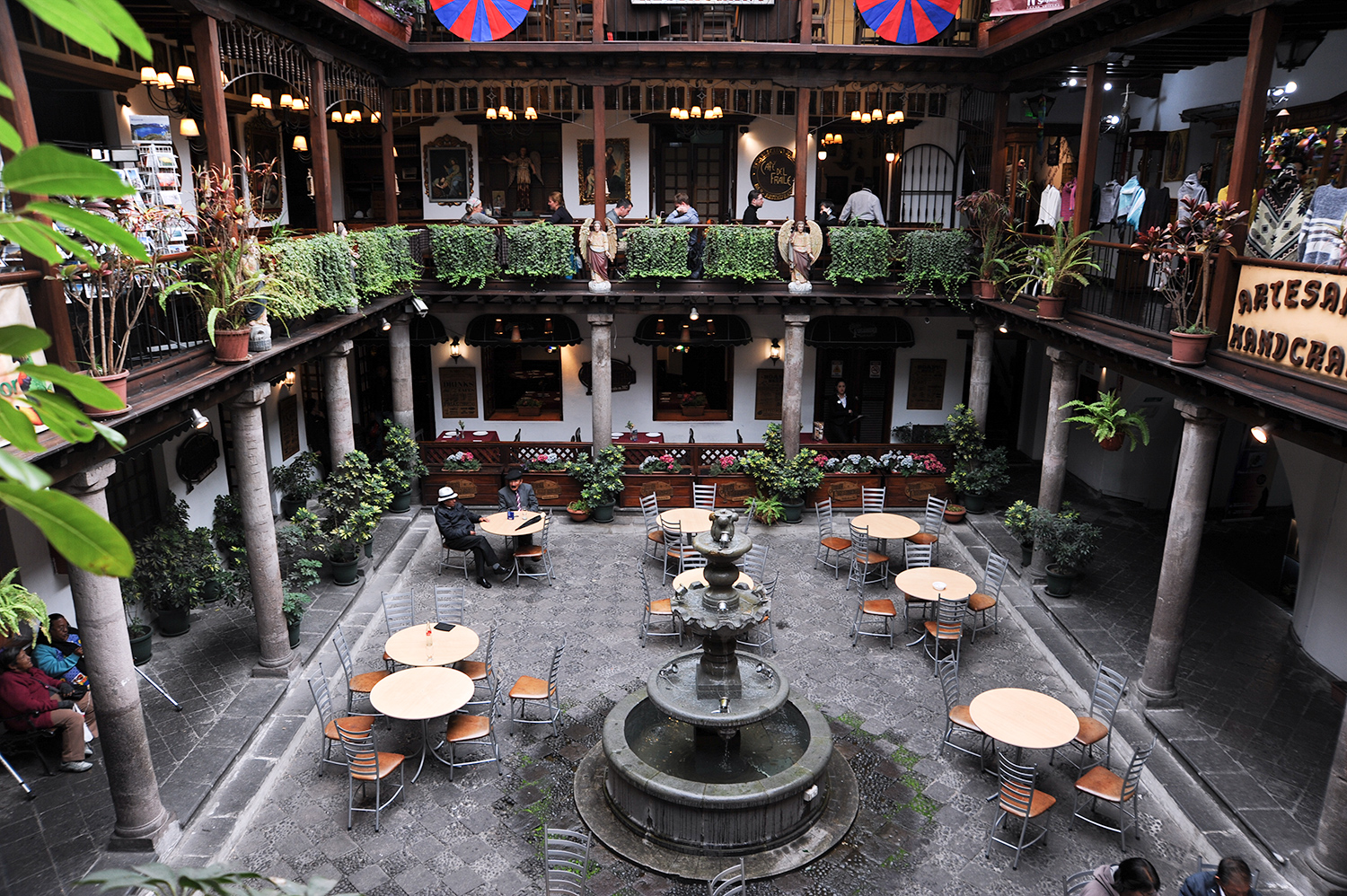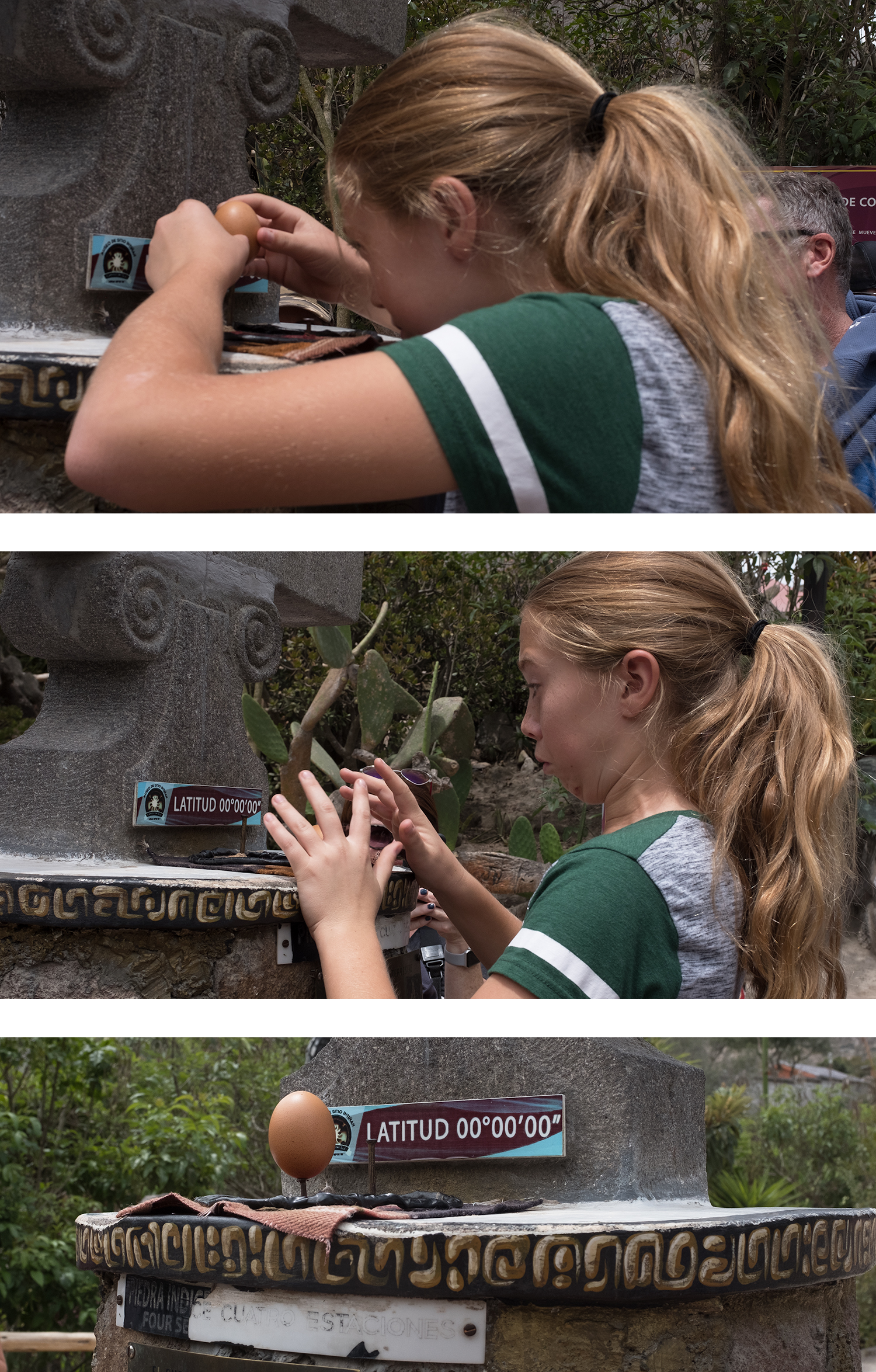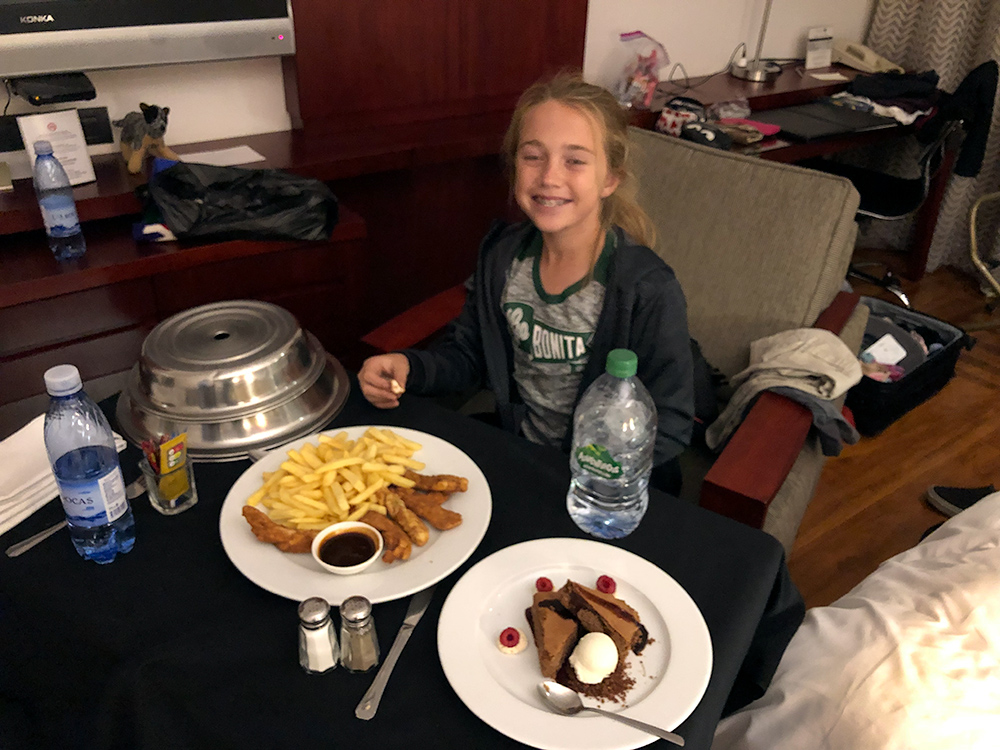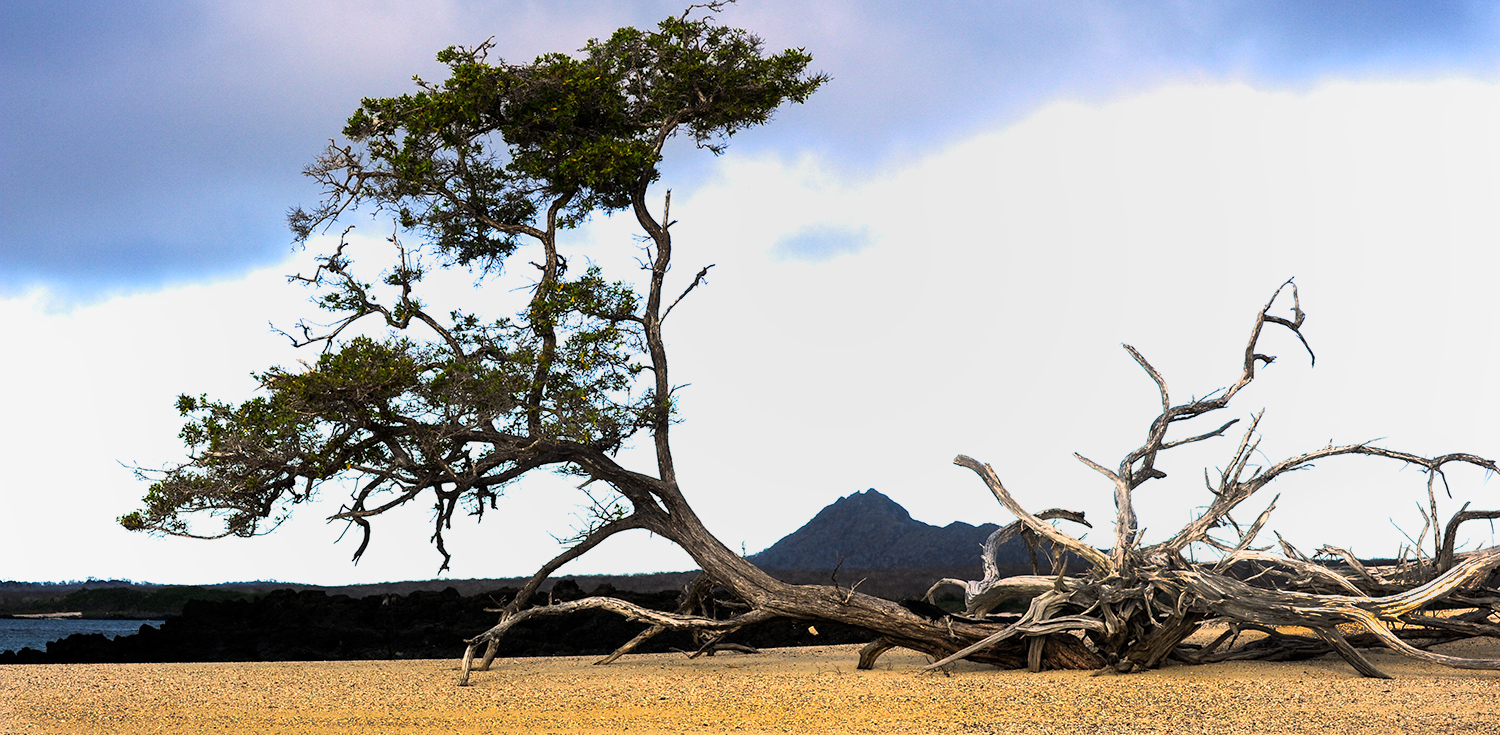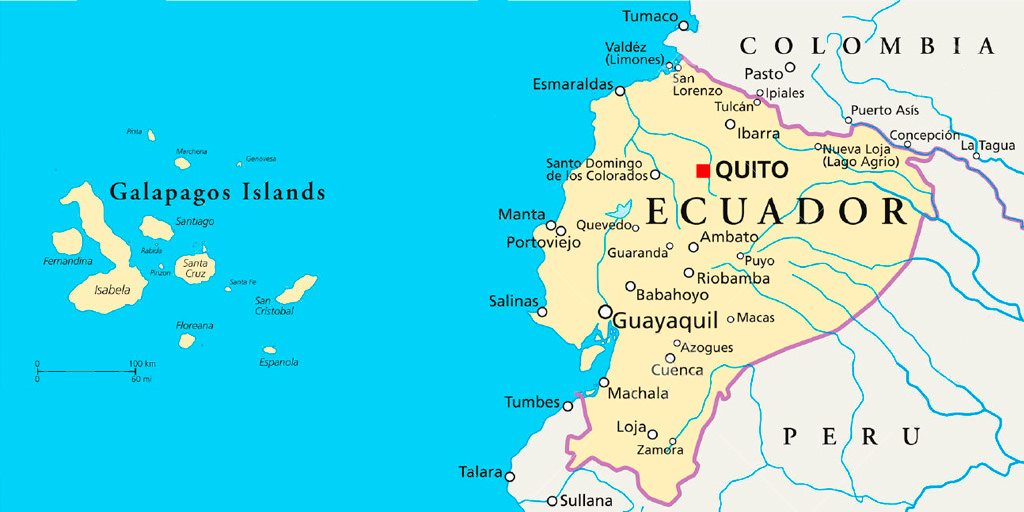Life onboard the Galapagos Explorer was relaxed with open and friendly fellow passengers, as one would expect on an expedition with shared daily physical challenges. The three of us fit into our stateroom with room to spare–the couch converted into a bed, so no floor space was lost. Food was good and available at one place or another at any time. Spirits came included with the cost of the cruise and the clever devils behind the bar could mix up about any concoction that the ladies could imagine.
Visiting the Not-so-Big-City
We saw a number of the giant turtles for which the Galapagos is famous, swimming in the ocean, but not until we visited a turtle sanctuary on San Cristobal Island did we have the opportunity to get a closer look.
“One of the giant tortoise’s most amazing adaptations — its ability to survive without food or water for up to a year — was, unfortunately, the indirect cause of its demise. Once buccaneers, whalers and fur sealers discovered that they could have fresh meat for their long voyages by storing live giant tortoises in the holds of their ships, massive exploitation of the species began. Tortoises were also exploited for their oil, which was used to light the lamps of Quito. Two centuries of exploitation resulted in the loss of between 100,000 to 200,000 tortoises.” (Galapagos Conservancy)
Quito
Before flying out to the Galapagos for the Silverseas cruise, we spent two nights in Quito. To make the most of our free day, we hired a local guide to haul us about.
Quito, Ecuador’s capital, sits high in the Andean foothills at an altitude of 9,350 feet. Constructed on the foundations of an ancient Incan city, it’s known for its well-preserved colonial center, rich with 16th- and 17th-century churches and other structures blending European, Moorish and indigenous styles. These include the cathedral, in the Plaza Grande square, and ultra-ornate Compañia de Jesús Jesuit church. (Google)
On the edge of Quito, the farmland in the background lies within the caldera of a “sleeping” volcano.
One of the several churches we visited, the only one that did not prohibit photographs, or maybe it did.
Church facade with gargoyles in the form of native animals: sloth, anteater, monkey.
The finer points of chocolate.
Lunch was on the balcony at the back
The Equator in Ecuador. The exact spot has been “updated” several times over the years resulting in more than one Equator Monument. This is the latest and most accurate (as you will see).
Proof that this was Latitude 00.00.00 was a demonstration of the Coriolis effect on water draining from a tub (1) exactly on the Equator line (no rotation), (2) a few feet into the Southern Hemisphere (clockwise rotation) and (3) a few feet into the Northern Hemisphere (counter clockwise rotation). We were all surprised at how little the tub of water needed to be moved away from the equator for the Coriolis effect to be plainly visible.
Balancing a egg on the head of a nail here on the equator is supposed to be a snap due to the absence of any Coriolis deflection. It wasn’t, but both Key and Kate managed to pull it off after some jiggling.
The most pleased lady in the Southern Hemisphere: her own room service in the Quito hotel that evening.
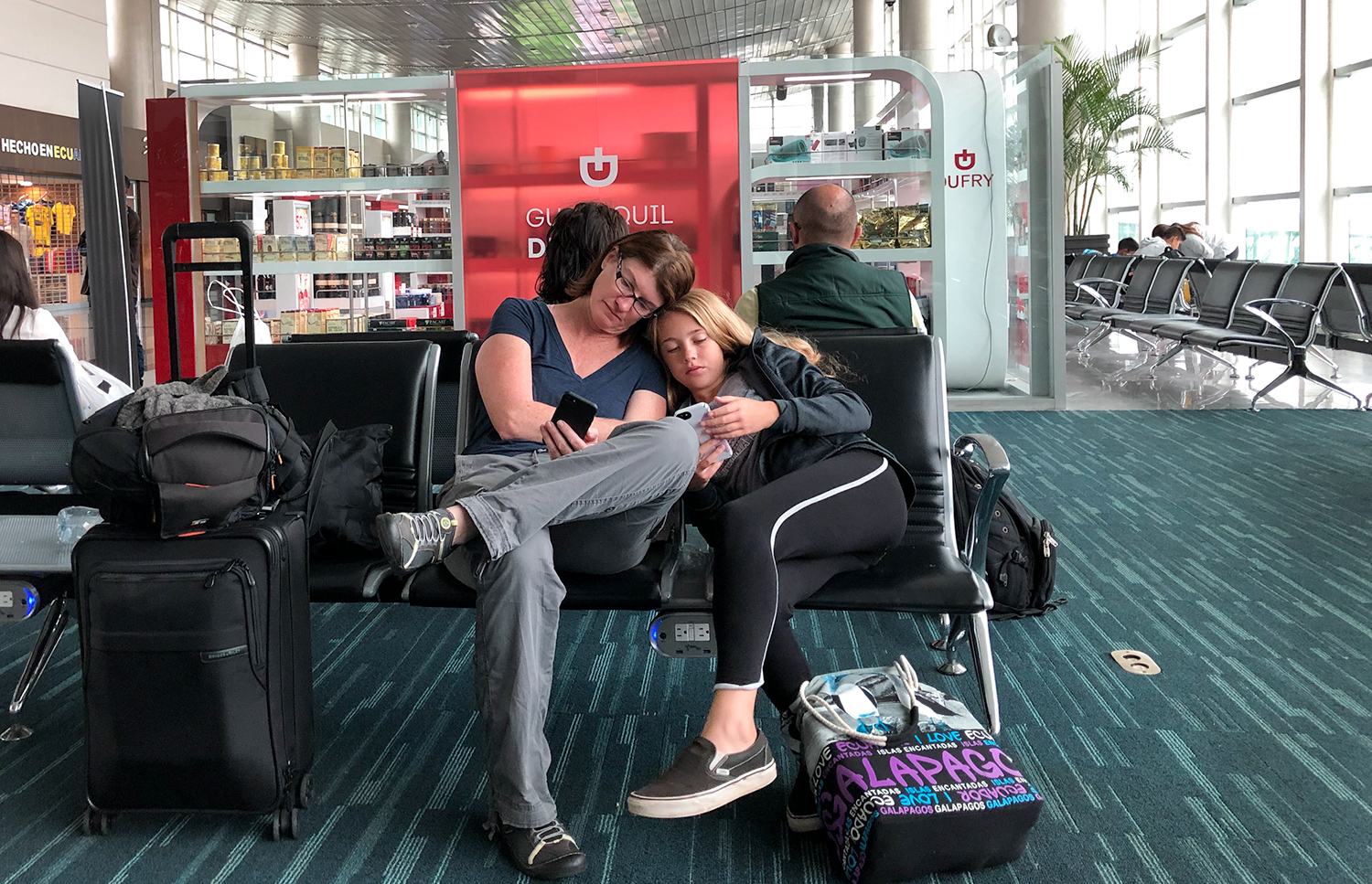
Waiting to suffer passenger abuse home to Los Angeles
Mark the Galapagos Islands off the Bucket List.
Thanks to everyone for sharing their photos so they could be posted here.
Where next Brenna?
The Galapagos Islands, a volcanic archipelago of 19 Islands straddling the equator, lies some 600 miles off the west coast of Equador. Charles Darwin visited here in 1834 as a naturalist on the HMS Beagle.
